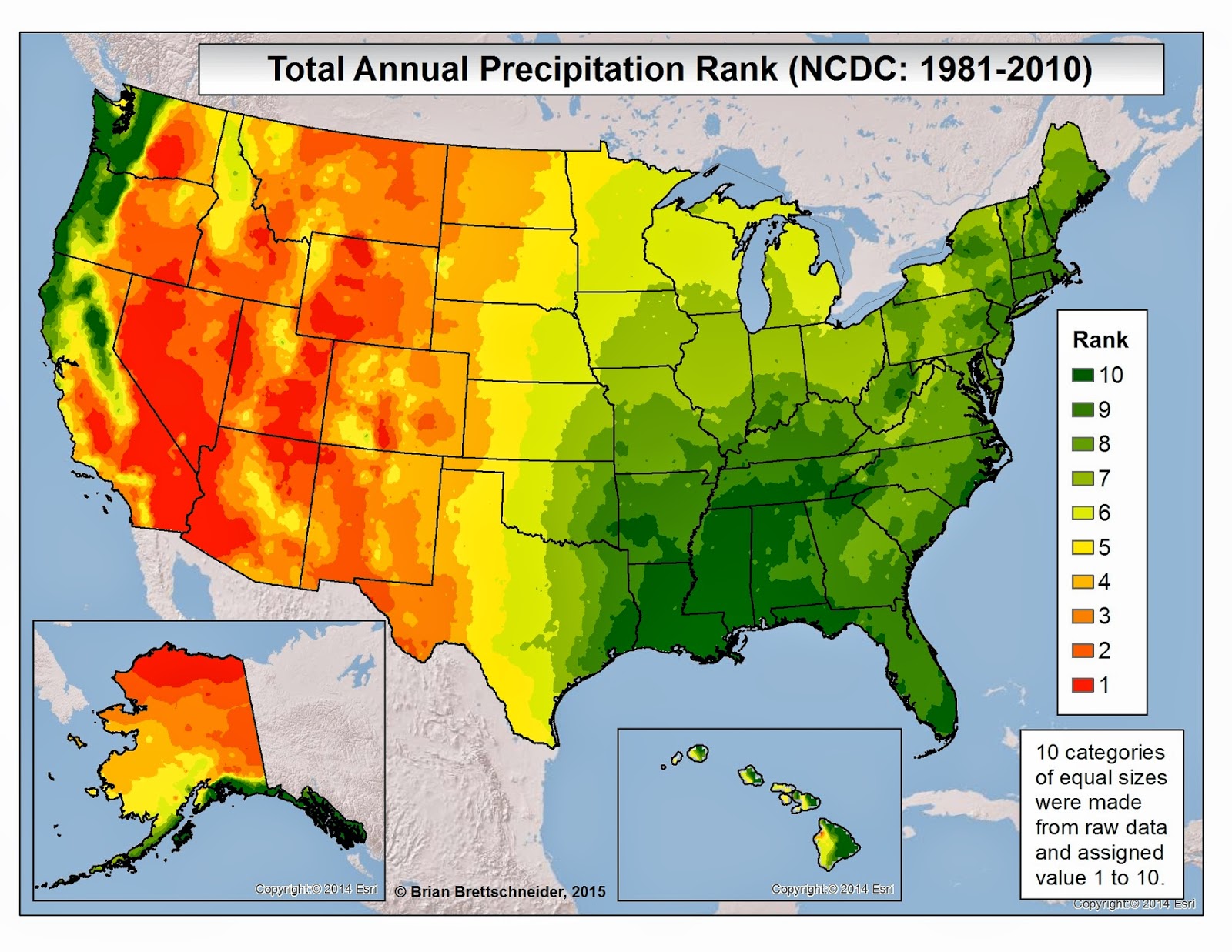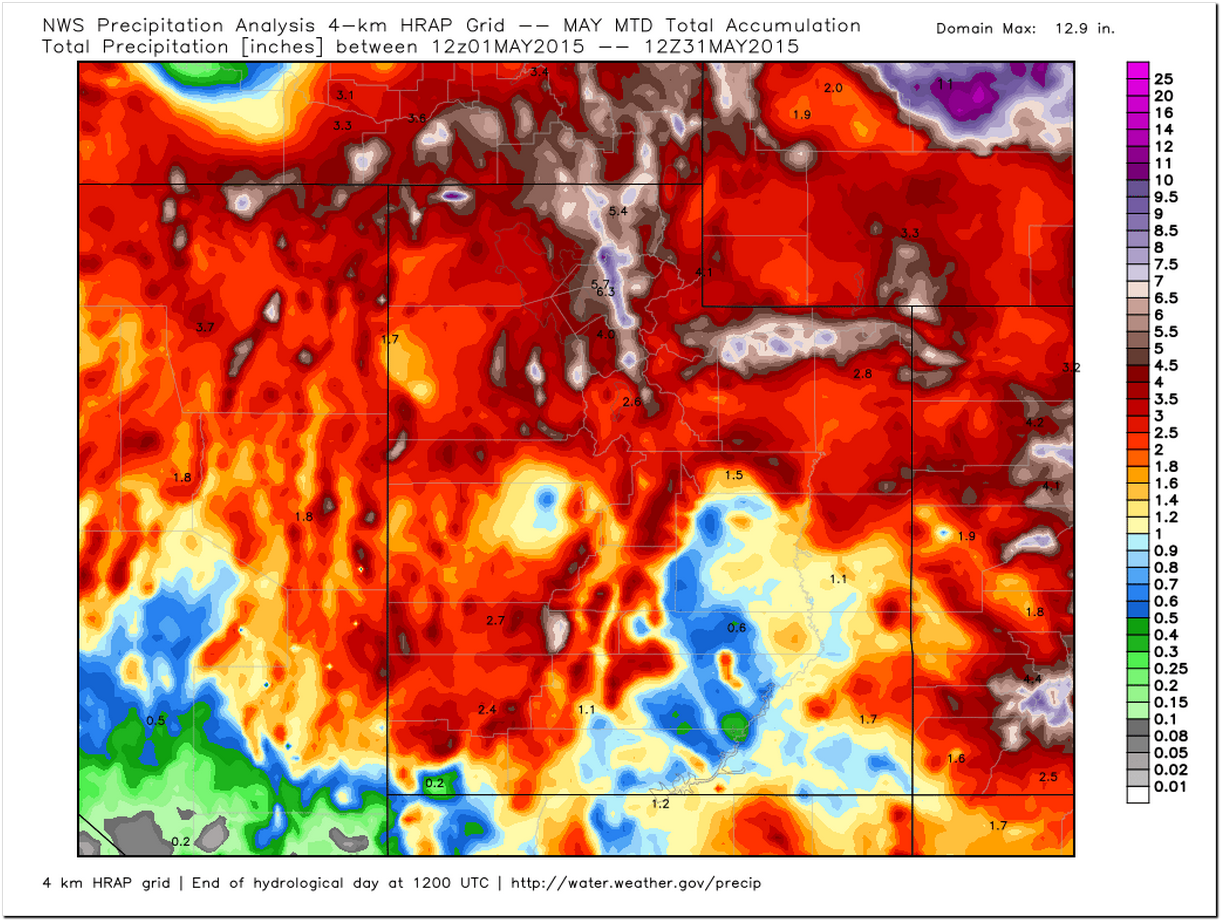

Gerry Díaz / National Weather ServiceĬalifornia is no stranger to dry air, and we’ve already seen how it can result in virga-the effect where rain evaporates before it hits the ground. The highest totals remained along the Diablo Range, where some isolated areas saw over an inch of rain. San Francisco and Oakland rainfall totals for Sunday, with a few higher totals along the coast and some of the Berkeley Hills. So what happened there? Dry air came into play At one point, some of the weather models suggested there was a potential this system could get San Francisco to flirt with the rain record of 2.01 inches for the month of September, set back in 1959. Simply put, the showers that did survive the journey up and over the Santa Cruz Mountains lost a lot of their moisture in the process, leaving less of a mark in the Santa Clara Valley on their way out.īut that doesn’t really explain why San Francisco and Oakland only received around a third to half an inch of rain out of this storm. Cities like San Jose saw closer to half an inch rain while neighboring Sunnyvale only received a third of an inch of rain. The rainshadow effect played a critical role in some of the less impressive rainfall totals from this system. Gerry Díaz / National Weather Serviceīut those historic September rain totals are far from what residents downwind of the mountains ended up with. The rainshadow effect between the Santa Cruz Mountains, which got over 2 inches of rain in many areas, and the Santa Clara Valley, which largely saw a third of those totals. Sunday’s rains were up to 10 times the amount of rain these areas would normally see in September, making this event nothing short of a good soaking for some of our most fire-vulnerable communities. It’s hard to believe that during the height of the Labor Day heatwave, shrubs and brush in the North Bay highlands and Santa Cruz Mountains were at historic dryness levels, raising fire concerns across much of the state. Gerry Díaz / National Weather ServiceĪ similar story happened in the Santa Cruz Mountains, where the storm’s rain bands were forced to sit over the region and dump as much as 2 and a quarter inches of rain near towns like Boulder Creek and Ben Lomond. Three weather stations in the Bay Area and Central Coast are also highlighted, with two in the North Bay and one in the Santa Cruz mountains, to highlight the wide range of totals out of Sunday’s rains. Paso Robles receives an average annual rainfall of about 14.The Bay Area’s microclimates can make for wide impacts from rain, even within distances of city blocks.Īs this storm approached the Bay Area from the northwest, the moisture ahead of its cold front first encountered the Sonoma coast which just so happened to see some of the highest totals-up to almost 3 inches of rain-north and west of Santa Rosa.Ī regional overview of rainfall totals for Sunday in the Bay Area, Sacramento Valley and parts of the Sierra. The area enjoys long-lasting, mild autumns and occasional early springs, giving the region a unique climate suitable for growing a variety of crops, ranging from primarily grapes, to olives, to almonds and other tree nuts. The area receives a mixture of these two types of climates, but the primary climate is defined by long, hot, dry summers and brief, cool, sometimes rainy winters. The Paso Robles area consists of two different climate types and classifications, which are a semi-arid, dry, steppe-type climate, and the typical, coastal Californian & ‘Mediterranean’ type. The skies of North San Luis Obispo County. Total rainfall for 2015-2016 season: 13.33 inch Paso Robles Rainfall totals for 2017-18 season.Season total: 11.48-inches Paso Robles Rainfall for 2020-2021 Click here for current Paso Robles weather forecasts. Click here to view rainfall records going back to 1942. Paso Robles Water Division has recorded an average annual rainfall total of 14.11″ from 1942 – June 2014. This record of daily precipitation is measured in inches collected at the Paso Robles Water Yard, 1230 Paso Robles Street in downtown Paso Robles. Here are the rainfall records as recorded every morning by the Paso Robles Public Works Department.

–If you are looking to find out how much it rained in Paso Robles, this is the page.

The river is typically dry for most of the year. The Salinas River flows under the Niblick Road bridge in Paso Robles on March 6, 2016, after recent storms have filled it up.


 0 kommentar(er)
0 kommentar(er)
